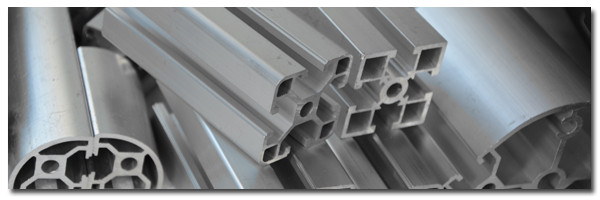Welcome to Zhongjda Industry
Toggle Navigation

This article mainly introduces the classification of aluminium alloy and temper. It will give you an outline of aluminium alloy family.


Wrought alloy with a 4-digit number was widely accepted by many countries, it works as follows: the first digit indicates the major alloying element or elements, as shown in the table:
Major Alloying Elements | Series |
Pure Aluminium(not less 99.00%) | 1××× |
Copper | 2××× |
Manganese | 3××× |
Silicon | 4××× |
Magnesium | 5××× |
Magnesium, Silicon and Mg2Si as strengthening | 6××× |
Zinc | 7××× |
Others (including Lithium) | 8××× |
Standby | 9××× |
The basic temper designations for aluminium and aluminium alloys are symbolized by a capital letter in English as following:
Temper | Instructions & Applications |
T3 | Solution heat treated, cold worked, and naturally aged. Suitable for products after Solution heat treated, cold worked or straightened, flattened to improve the strength. |
T4 | Solution heat treated and naturally aged. Suitable for products after Solution heat treated, no longer cold worked ( can be straightened, flattened, but does not affect the mechanical properties). |
T5 | Cooled from an elevated temperature shaping process and artificially aged. Suitable for products after shaping process, no longer cold worked but artificially aged ( can be straightened, flattened, but does not affect the mechanical properties). |
T6 | Solution heat treatment and artificially aged. Suitable for products after solution heat treatment, no longer cold worked ( can be straightened , flattened, but does not affect the mechanical properties). |
T7 | Solution heat treatment and artificially overaged. Suitable for products after solution heat treatment, to obtain some important features, strength on aged curve over the peak point in the artificially aged. |
T8 | Solution heat treated, cold worked, and artificially aged. Suitable for products after cold worked, straightened, flattened to improve the strength. |

